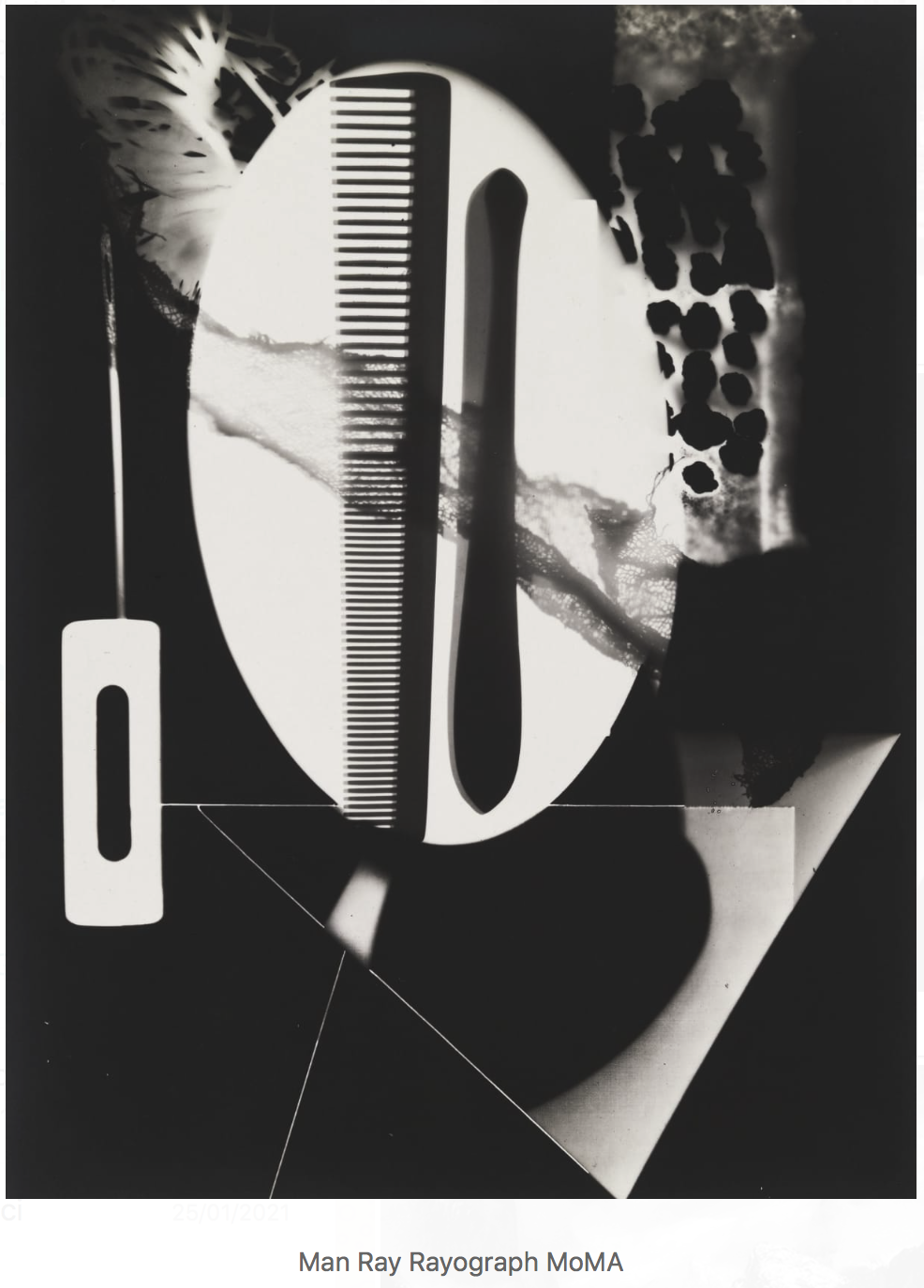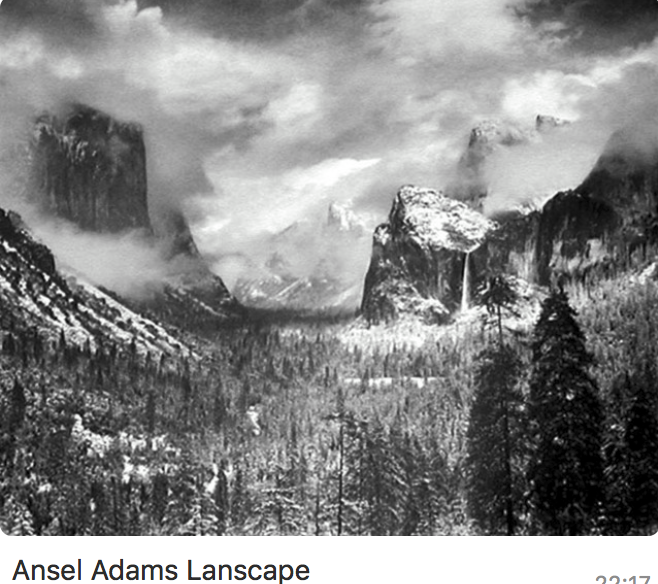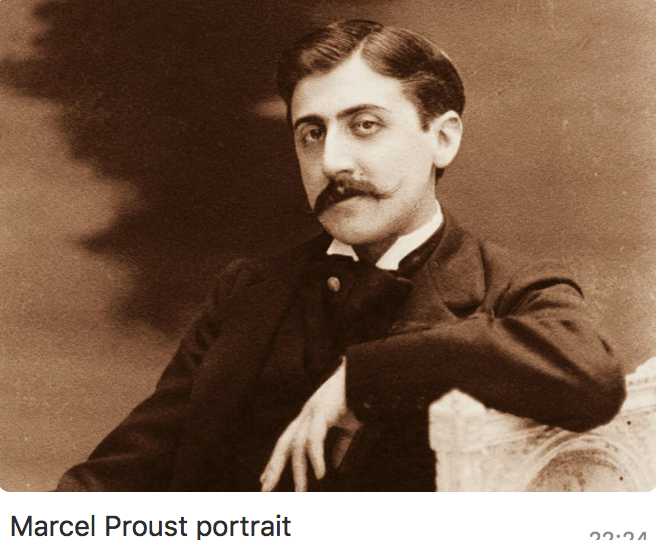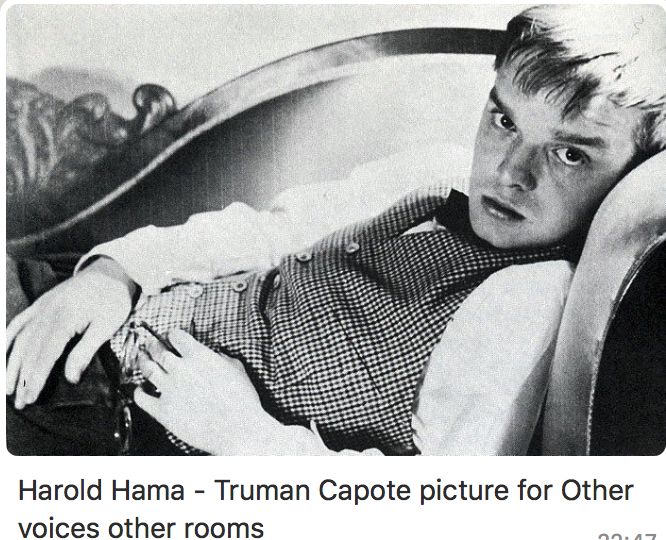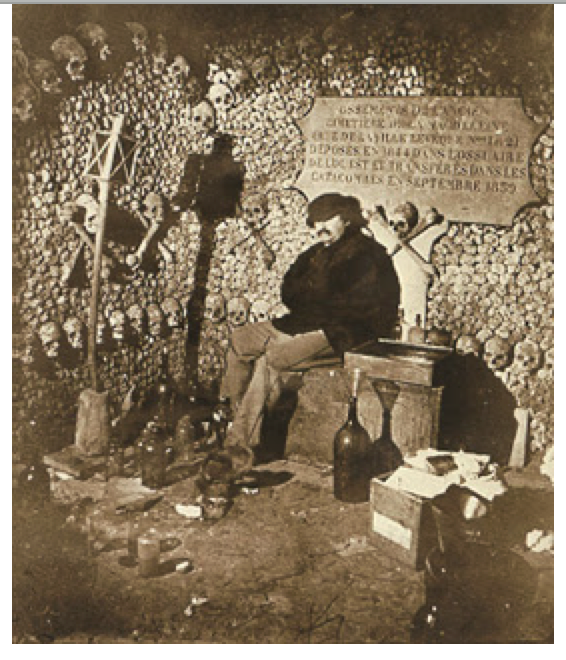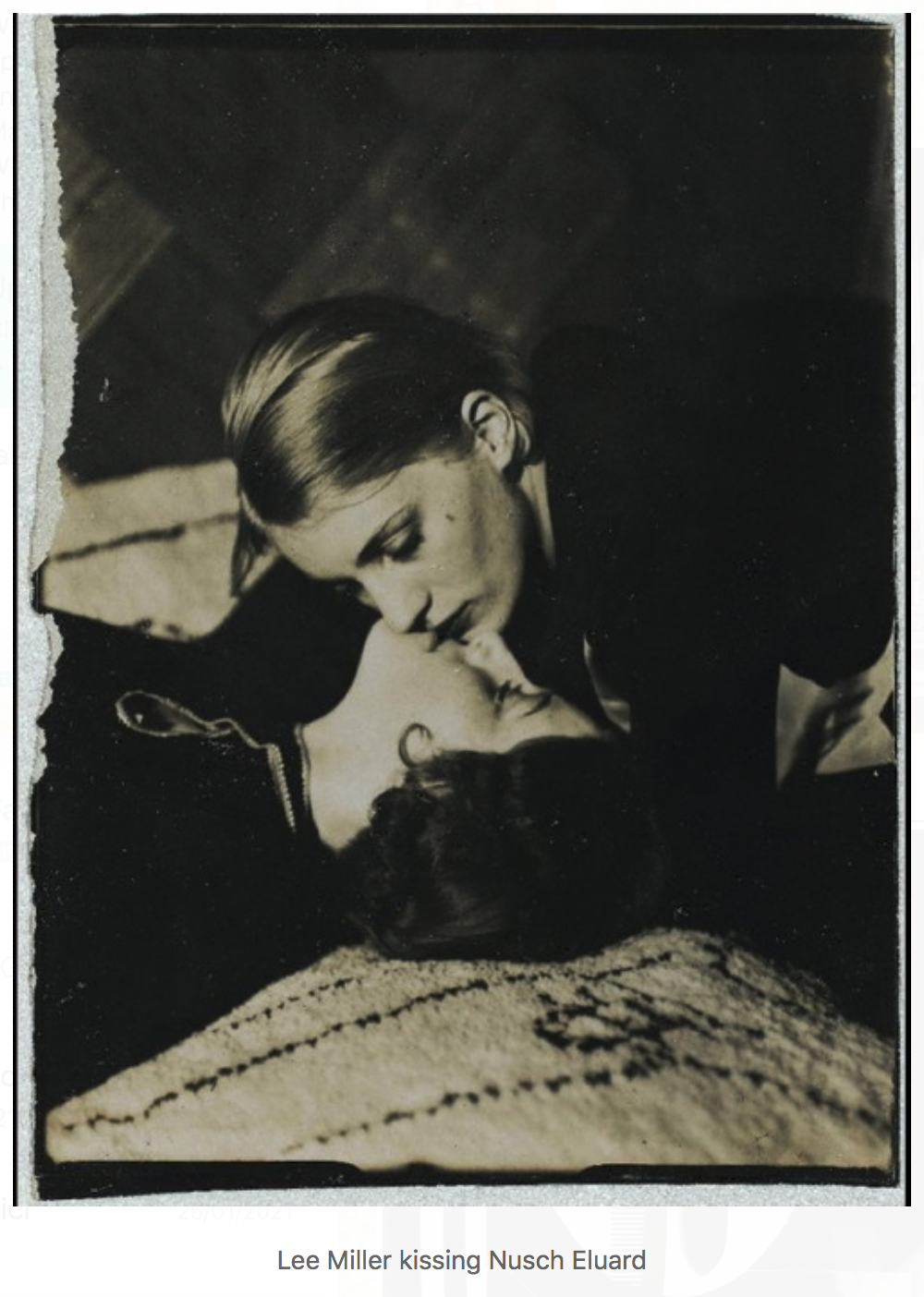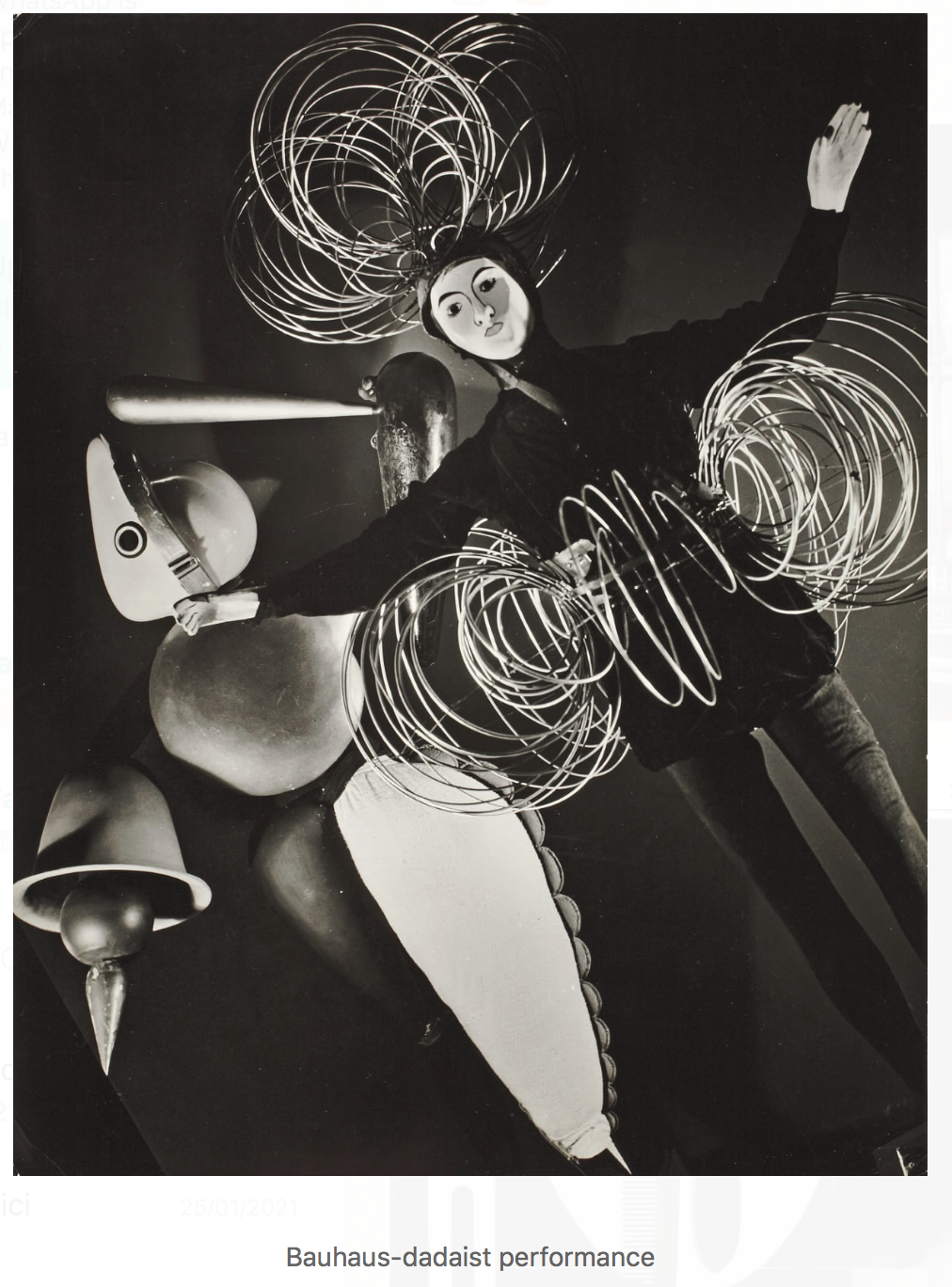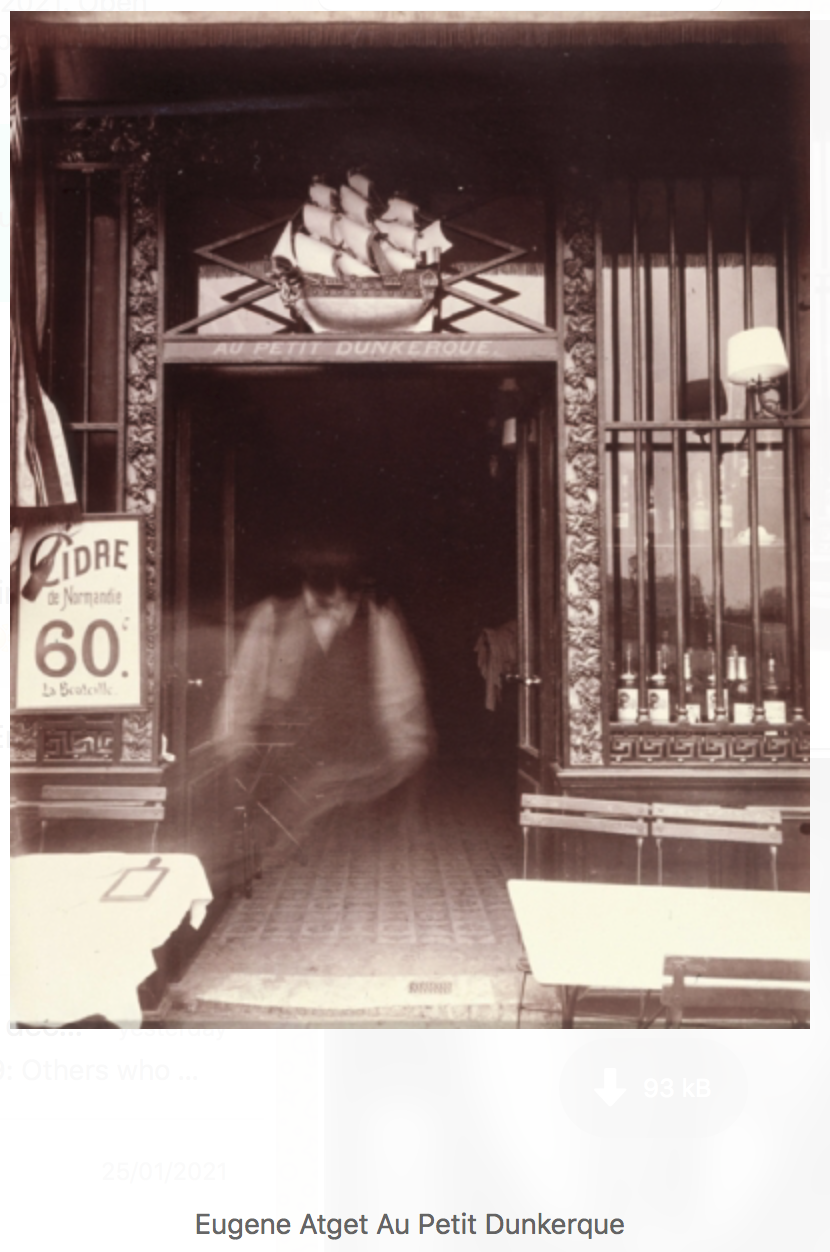Photographs, even when uttermost realistic in their intentions, hide and at various degrees celebrate ambiguity- all sorts of ambiguities; of sense and senses, of movement and stillness, of identity and disguise. The images of the bustling cities of the world, emptied by the coronavirus pandemic, evoked strangely the suspended time of summer and vacation, suggested ghosts in flesh absconded behind doors and windows, gothic tales in the basements or flourishing of romance on the roof terraces, like in the picture published by the New York Times of a couple dancing on the top of a building in Rome over the scenic grande bellezza of the Vatican walls and gardens. One cannot hear ambulance sirens in a picture.
Last fall, I was walking the streets of a still crowded Paris, to visit the annual Photo fair at the Grand Palais and the private exhibition The Truth in Disguise held in the apartment of Shiva Lynn Burgos and Dominic Palfreyman near the Louvre in which I was involved as a friend and a juror. The show was the latest instalment of GESTE, a series of exhibitions to which the couple devoted to their passion for photography. Shiva is an artist, Dominic a philanthropist, and both are curious collectors. They thought, as a theme for the year’s exhibition, which includes works from established artists and a selection from emerging ones, the tracking of truth (of truths, or the art of lacking them) in the photographic image. We must remember that is the essence of photography. Born to recreate the image in its objectivity, the reality of the world as it is; but once the image is out of the darkroom we find another reality, the eye of the photographer has changed it. Even the most realistic photo suffers and enjoys this ambivalence. Just think of the American landscapes of Ansel Adams. They escape reality at the same speed of a Man Ray’s rayogram. Think of the pioneers of photography, the self portrait of Nadar in the catacombs of Paris, as a document and a symbol; he was a close friend of Charles Baudelaire, after all. Think of the nudes crafted by Ed Weston that become abstract in form, organic shapes, landscapes that blend flesh and thoughts. My mind travels especially to a photo by Eugene Atget, where he framed the entrance of a wine shop near rue du Bac, au Petit Dunkerque: the owner, caught by the camera while moving, vaporizes in a sort of ectoplasm. The surrealists found it quintessential.
For Marcel Proust, who quoted au Petit Dunkerque in his Recherche (but not in reference to the Atget shoot) photography was a result of an acceleration and at the same time an attempt to stop it. It has to do with movement and the restraint of it. Yes, photography, like any good visual artwork, like writing and poetry, breaks habits and generates a new kind of reality. Not an absolute one though. I think it is the same for Truman Capote when, at the end of his first novel “Other voices, other rooms”, writes he himself feels like a camera gaining focus. In the famous photograph by Harold Hama, used to promote the book, the very young Capote reclines and gives an oblique look back to the camera. It is one of most disguising and revealing portraits of a writer. It also reveals that the look of the photographic lens is often oblique.
Back to my Parisian walks, I should quote a photoperformer who was a master of disguise: Claude Cahun. He or she was born with the name of Lucy Renee Mathilde Schwob, a girl. He invented a character that is more a dadaist image than a transvestite, sexually charged and beyond sexes and probably the first photoperformer in the history of photography. Many of the selected artists in the last GESTE exhibition are photoperformers or imply a photoperformance in their work. The Parisian apartment where Cahun lived with his cousin and art accomplice Marcel Moore (née Suzanne Malherbe) in the 20s and received the likes of Andrè Breton and Francis Picabia, is in 6th arrondissement, rue Notre Dame des Champs. Shiva and Dominic’s home is in a street with similar name (in the 1th district), rue Croix des Petits Champs. A coincidence of names and streets, I guess that Cahun would have loved to show up and show his images there like Shiva and Dominic would like to make a visit in the disguised salon in the 6th. Shiva loves tribal masks almost at the same level the avant-garde in Paris did at the time of Picasso (she’s built a traditional long house in Papua New Guinea with the contributions of local artisans). In her home, the provoking Berbere girl smoking a cigarette like a Hollywood diva (by Bichara) would have appealed to Claude and Marcel. So Marina Abramovic performing with arch and arrow together with her partner Ulay. The (self)performance of Claude in Trafalgar square in 1936’s London inspired the guises of David Bowie. Real Unreal. When asked by the librarian Adrienne Monnier, the friend of Joyce and Gide, to write a memoir, Cahun composed Aveux non Avenus, a surrealist diary of dreams and encounters, photomontages and automatic writing. Maybe I feel in the spirit of Allen’s Midnight in Paris. We can include in this gallery of oblique eyes, the beautiful Lee Miller, the muse of Man Ray, and great photographer herself. During the last years of World War II she was following allied troops as a photojournalist, documenting concentration camps and a ruined Berlin. One of her strangest shots is a self-portrait in Hitler’s bathtub. A performance that probably caused her a depression in the years that followed. The photo of her that I love the most shows the entrance of a broken tent from within. It makes one think that the way out leads to the beach.
Wrong. It leads to the desert. Real Unreal. Reality is always in disguise.
